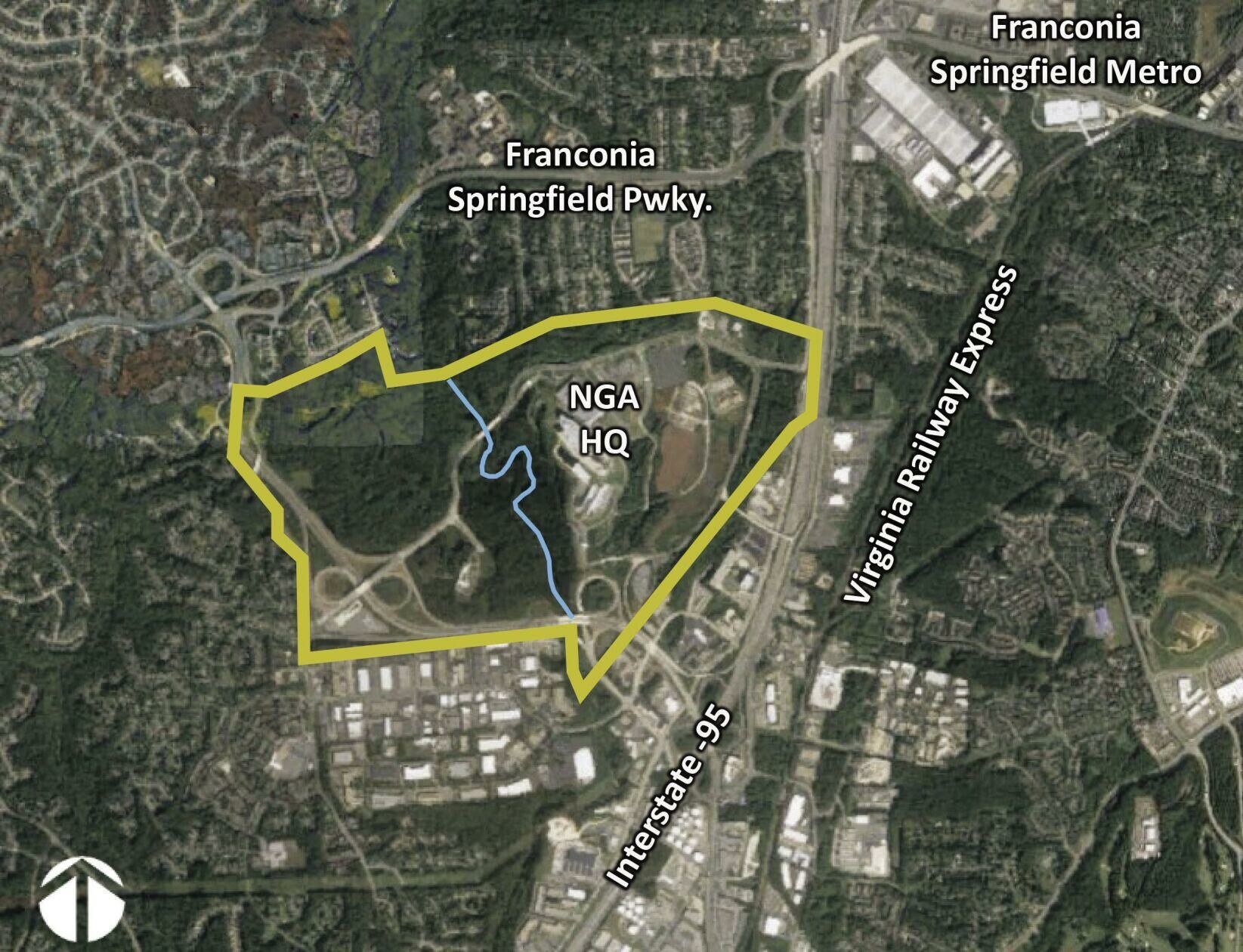This article was republished with permission from WTOP’s news partner InsideNoVa.com. Sign up for InsideNoVa.com’s free email subscription today.
This article was written by WTOP’s news partner InsideNoVa.com and republished with permission. Sign up for InsideNoVa.com’s free email subscription today.
Members of the National Capital Planning Commission are expressing “significant concerns” about the U.S. Army’s proposed expansion of Fort Belvoir North.

During a discussion about the expansion at the commission’s virtual meeting Sept. 2, a key point of contention was the plan’s description of forested areas as “highly suitable” for development, which Peter May, the commissioner from the U.S. Department of the Interior, took exception to.
“There is an awful lot of progress to be made,” May said. “When have we seen something at [the commission] that is as problematically planned as this?”
The plan under consideration is for the 800-acre area in Springfield, two miles north of the main installation and home to the 2.3 million-square-foot National Geospatial Intelligence Agency headquarters and support facilities. The plan, as explained by planning commission staff, would provide a framework to transform the area into a secure, self-contained intelligence community campus. The site includes a campus core, adjacent to the NGA, and undeveloped land outside the core.
The next phase of development will be construction of the 116,000-square-foot, six-story Defense Intelligence Agency annex, which has already been funded.
Much of the proposed area is heavily forested, and May said it is “inexplicable” that such plans would involve clear-cutting trees for surface parking.
“The plan says ‘highly suited’ for development. No. It could be done – if there is no alternative,” May said. “There’s some really basic re-thinking that needs to be done.”
Commissioner Andrew Trueblood asked whether there is a policy against clear-cutting large swaths of forest.
“What we saw was the opposite of a minimal disturbance,” Trueblood said.
Of the three planning proposals (minimal improvements, moderate expansion, and maximum expansion), the Army suggested the maximum expansion option, which would include 30 one- to three-story buildings and four surface or structured parking areas.
The commission urged that several principals be followed to further guide the location and design of future development. These include prioritizing development on previously disturbed land, creating a higher-density development, minimizing forest clearing, and studying the ability to raise building heights to match the tree canopy, which would increase density, but still continue to screen the buildings from nearby residential uses.
The staff report noted that NGA has achieved a 1:1.5 ratio of parking spaces to employees at its headquarters through a transportation management plan and requests that the Army develop and present such a plan for the entire campus with its next submission.
The Fairfax County Department of Transportation noted it has ongoing coordination with Fort Belvoir to rectify low ridership of county bus routes between Fort Belvoir North and the Metro and Virginia Railway Express stations.
As the Army heads back to the drawing board, a final master plan would be due before the commission in early 2022.







